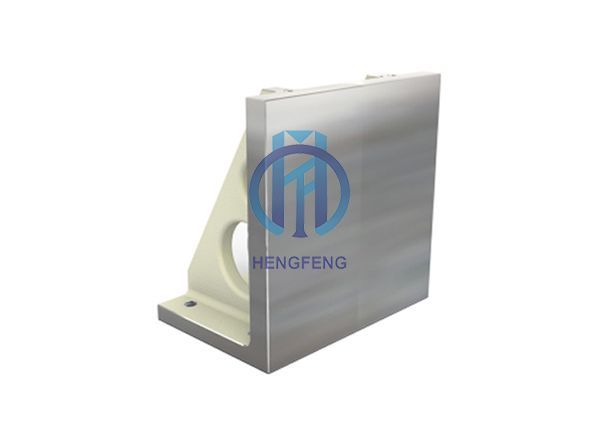In machining and metalworking, precision and accuracy are crucial for achieving high-quality results. A Precision Angle Plate is an essential tool used to hold workpieces at a precise angle for milling, drilling, grinding, and inspection tasks. By ensuring stability and alignment, this tool enhances accuracy and repeatability, reducing errors in machining processes.
One of the main functions of a Precision Angle Plate is to provide a stable and rigid surface for workpieces. Stability is essential when performing precision machining tasks, as vibrations and misalignment can lead to defects. These plates are typically made from high-grade cast iron or hardened steel, ensuring durability and resistance to wear.
Precision machining requires precise angles, especially in applications such as jig boring, inspection, and layout work. A Angle Plate allows machinists to hold components at exact angles, ensuring uniformity in production. Long-tail keywords like “high-accuracy machining fixtures” and “precision setup tools for milling” are often associated with this benefit.
Using a Precision Angle Plate can significantly reduce setup time in machining operations. Instead of manually adjusting workpieces for precise angles, machinists can rely on the pre-set accuracy of these plates. This leads to faster production cycles and improved efficiency in both small-scale and industrial applications.

Precision Angle Plates are not only used for machining but also for inspection and measurement tasks. They serve as a reference for checking component alignment, perpendicularity, and squareness. Industries that require high-precision components, such as aerospace and automotive manufacturing, benefit greatly from these tools.
Many Precision Angle Plates are designed to support heavy loads, making them suitable for large workpieces and demanding machining environments. Their robust construction ensures that even under high-pressure conditions, the alignment and accuracy of the machining process remain intact.
When selecting an angle plates for machining, consider factors such as material composition, size, weight capacity, and flatness tolerance. For high-precision applications, opt for plates with ground surfaces and high-quality finishing. Investing in a high-quality plate ensures long-term accuracy and reliability in machining operations.
A Precision Angle Plate is a vital tool in precision machining, helping to improve accuracy, efficiency, and overall quality. By providing a stable work surface, ensuring precise angles, reducing setup time, and enhancing measurement accuracy, this tool plays a key role in achieving optimal machining results.
Have you used a Precision Angle Plate in your machining projects? Share your experiences or ask any questions in the comments below!

Comments
0